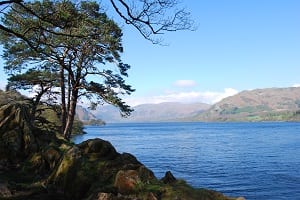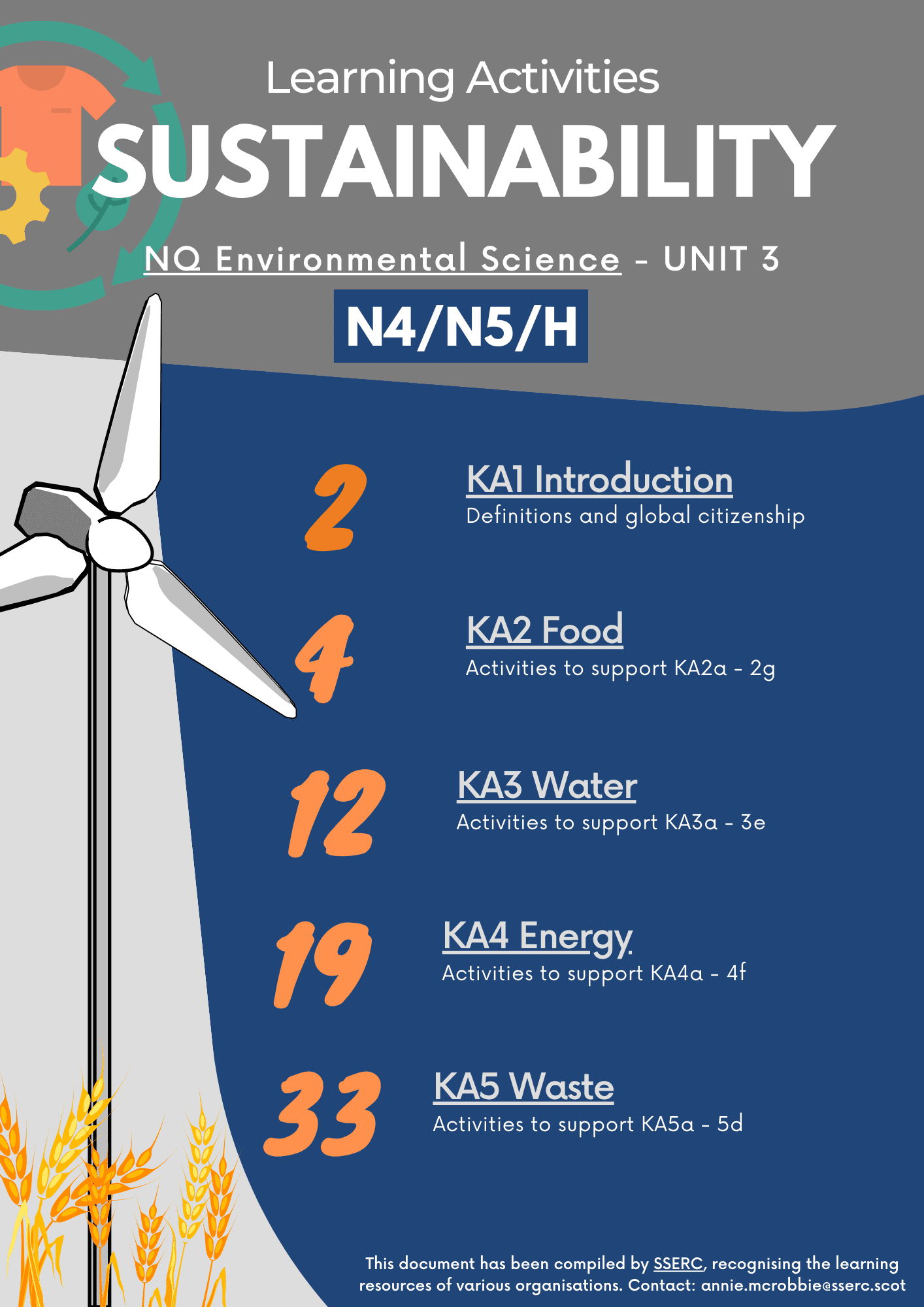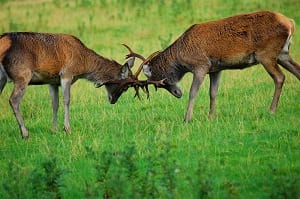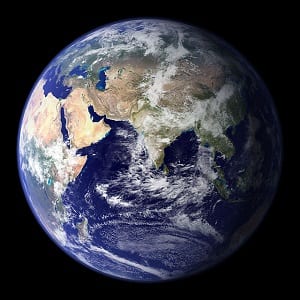Welcome to the Higher Environmental Science page.
We have made a start uploading resources for experimental work that could help to support teaching of the course.
The resources are accessed from the unit pages which you can get to from the tabs below.
Alternatively you can use the search facility.
Download our Sustainability Learning Resource here, with compiled materials from various organisations aligned to the course specification (N4/N5/Higher).

The Living Environment unit looks at: Investigating ecosystems and biodiversity, Interdependence of living things within ecosystems and at human influences on biodiversity
The resources can be accessed from the links below.
1 Investigating ecosystems and biodiversity
Peat bogs and the Flow Country – Classroom activities looking at the properties and nature of this unique landscape.
Sampling techniques and measurement of abiotic and biotic factors
2 Interdependence
3 Human influences on biodiversity
Human impact on the environment – eutrophication
Acid Rain in the Classroom – Some simple, safe classroom activities to investigate acid rain.
The Earth’s Resources unit looks at the structures and processes involved in the functioning of the: geosphere, hydrosphere and atmosphere.
The resources can be accessed from the links below.
1 Geosphere
2 Hydrosphere
Density of Ice – A simple demonstration of the anomalous density of ice.
Electrolysis of Water – Use of the Hoffmann voltameter to produce hydrogen and oxygen from the electrolysis of water.
3 Biosphere
Biodiesel – Preparation and testing of biodiesel in the laboratory
4 Atmosphere
The Sustainability unit looks at the way the natural world and people interact in the areas of: food, water, energy and waste management.
The resources can be accessed from the links below.
1 Food
2 Water
3 Energy
Ocean Acidification – An experiment to show the effect of CO2 on the balance of the carbonate/bicarbonate equilibrium, which is essential to shell formation in shellfish.
When a Fossil Fuel is Burned – demonstration of the production of caobon dioxide and water when a hydrocarbon is burned.
4 Waste management







